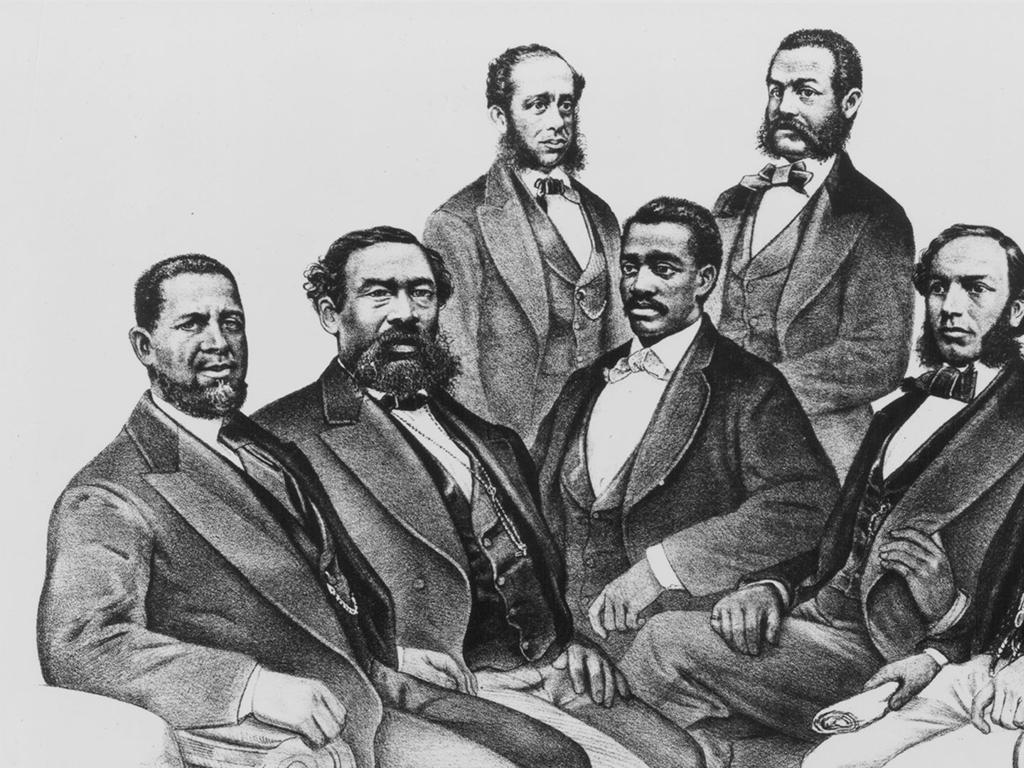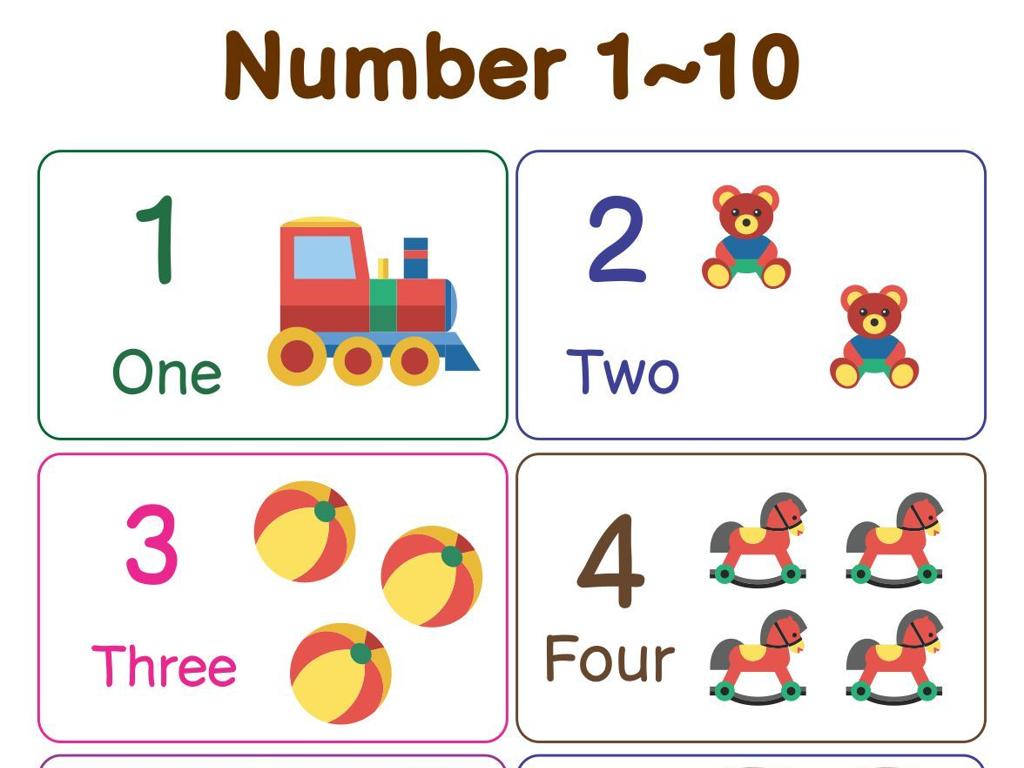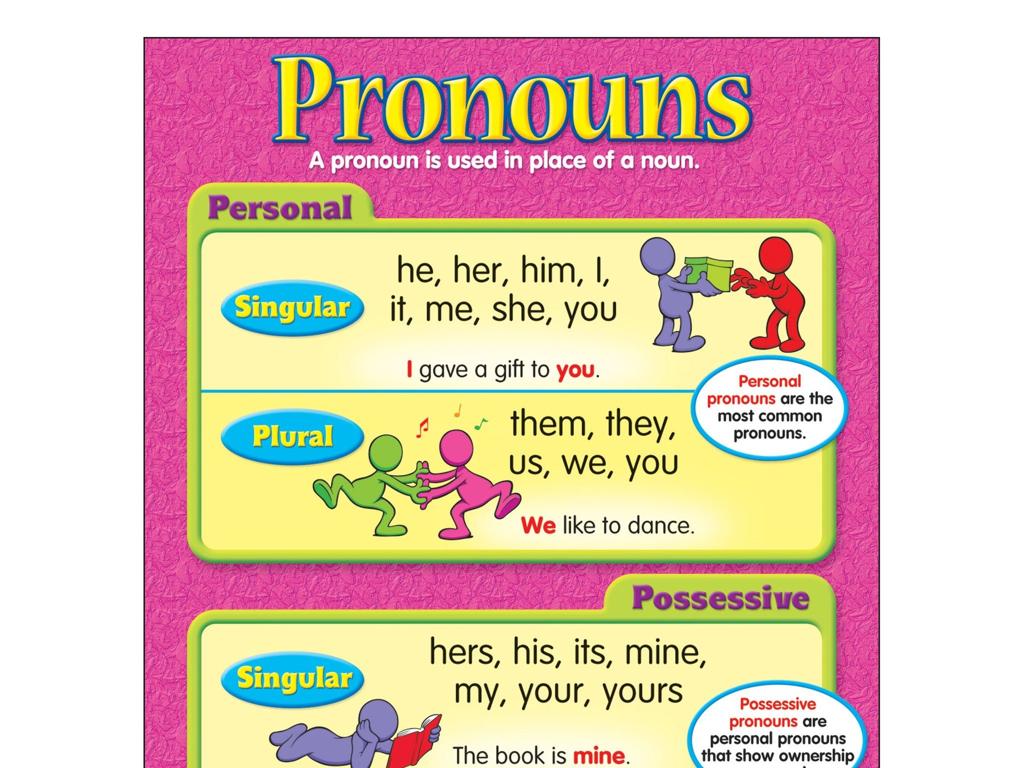How Do Plants Use And Change Energy?
Subject: Science
Grade: Sixth grade
Topic: Photosynthesis
Please LOG IN to download the presentation. Access is available to registered users only.
View More Content
Introduction to Photosynthesis: Nature’s Solar Power
– Photosynthesis: Plants’ energy process
– A process where plants make their own food using sunlight
– Key ingredients for plant growth
– Plants require water, sunlight, and carbon dioxide to thrive
– Sunlight’s role in energy creation
– Plants use sunlight to produce glucose, a type of sugar
– Preview: Converting light to sustenance
|
This slide introduces the concept of photosynthesis, the fundamental process through which plants convert light energy from the sun into chemical energy stored in glucose, which they use to grow and thrive. It’s important to convey that photosynthesis is not just about plants; it’s the foundation of life on Earth, providing the oxygen we breathe and the food we eat. Highlight the essential components plants need for this process: sunlight, water, and carbon dioxide. Use the preview to pique students’ interest in how sunlight is specifically used by plants to create energy, setting the stage for a deeper dive into the chemical reactions involved in photosynthesis in the following lessons.
The Role of Sunlight in Photosynthesis
– Sunlight as energy for plants
– Plants use sunlight to make food and grow
– Chlorophyll absorbs light
– Green pigment in plants capturing sunlight
– Photosynthesis equation
– 6CO2 (carbon dioxide) + 6H2O (water) + light energy C6H12O6 (glucose) + 6O2 (oxygen)
– Importance of sunlight in the process
– Without sunlight, photosynthesis cannot occur
|
This slide introduces the fundamental concepts of photosynthesis, emphasizing the importance of sunlight as the primary energy source for plants. Sunlight is captured by chlorophyll, the green pigment in plants, and is used to convert carbon dioxide and water into glucose and oxygen through the photosynthesis process. The equation represents the chemical change that occurs, and it’s crucial for students to understand that without sunlight, this process cannot take place. This slide sets the stage for a deeper discussion on how plants convert light energy into chemical energy, which is essential for their growth and the sustenance of life on Earth.
Photosynthesis: Carbon Dioxide and Water
– Plants use CO2 and H2O for food
– Just like ingredients in a recipe, plants need carbon dioxide (CO2) and water (H2O) to create their food.
– Roots absorb water from soil
– Water is absorbed through roots and travels to leaves.
– CO2 is key in photosynthesis
– Carbon dioxide from the air enters the plant through tiny holes in the leaves called stomata.
– Sunlight powers the process
|
This slide introduces the basic components required for photosynthesis: carbon dioxide and water. It’s essential to explain that these two elements are like ingredients used by plants to make their own food through the process of photosynthesis. Highlight the fact that water is absorbed from the soil through the plant’s roots and is transported to the leaves, where photosynthesis primarily occurs. Emphasize the importance of carbon dioxide, which plants take in from the atmosphere through the stomata. Conclude by explaining that sunlight is the energy source that powers the entire process, converting these raw materials into glucose, a form of sugar that plants use for energy and growth. Encourage students to think about the similarities between how plants and humans consume and use food for energy.
The Process of Photosynthesis
– Photosynthesis: Sunlight to Glucose
– Plants convert sunlight into glucose, a sugar used for energy.
– Chloroplasts: Photosynthesis Centers
– Chloroplasts in plant cells capture sunlight to start photosynthesis.
– Oxygen: Essential Byproduct
– Photosynthesis produces oxygen, which animals need to breathe.
– Photosynthesis Equation
– 6CO2 + 6H2O + light energy C6H12O6 + 6O2
|
This slide introduces the fundamental steps of photosynthesis, the process by which plants convert light energy into chemical energy. Emphasize the role of chloroplasts, which contain the pigment chlorophyll that absorbs sunlight. Explain that the glucose produced is used by the plant for growth and energy, while oxygen is released as a vital byproduct for other organisms. The photosynthesis equation summarizes the reactants and products of this process. Encourage students to memorize this equation and understand its significance in the energy cycle of ecosystems.
Glucose: The Energy Molecule in Plants
– Plants create & store glucose
– Through photosynthesis, plants convert sunlight into glucose, a sugar used for energy storage.
– Glucose fuels plant growth
– Glucose provides the energy plants need to grow, develop, and reproduce.
– Glucose’s role in the food chain
– Plants are producers; animals eat plants to obtain glucose for energy, starting the food chain.
– Photosynthesis & energy conversion
– Photosynthesis transforms solar energy into chemical energy within glucose, powering life processes.
|
This slide introduces glucose as a crucial energy molecule for plants. It explains how plants synthesize glucose through photosynthesis and use it as a source of energy and a building block for growth. Additionally, it touches on the importance of glucose in the broader context of the food chain, where it serves as the primary energy source for consumers that feed on plants. Emphasize the significance of photosynthesis in converting solar energy into a form that is usable by almost all forms of life on Earth. Encourage students to think about how energy flows from the sun to plants and then to animals, including humans.
Photosynthesis in the Natural World
– All plants perform photosynthesis
– From tiny algae to giant trees, the process is universal
– Photosynthesis occurs everywhere in nature
– Plants in gardens, forests, and oceans convert light to energy
– Observing photosynthesis in real life
– Look at leaves under sunlight and see them make food
– Photosynthesis is crucial for energy
|
This slide aims to show that despite the diversity in plant life, photosynthesis is a common process that all plants use to convert light energy into chemical energy. Students should understand that photosynthesis is not just a laboratory concept but occurs in all green plants they see around them, from the grass in their lawns to the trees in forests. Encourage students to observe plants in different environments and consider how they all rely on photosynthesis to survive and grow. Discuss the importance of photosynthesis in the food chain and how it supports life on Earth. A possible class activity could involve observing leaves in sunlight and discussing the changes they undergo during photosynthesis.
Photosynthesis and the Environment
– Benefits of photosynthesis to Earth
– Photosynthesis produces oxygen and food, essential for life.
– Plants and clean air connection
– Plants absorb CO2, a greenhouse gas, and release oxygen.
– Ecosystem and plant roles
– Plants are producers; they support food chains and biodiversity.
– Photosynthesis impact on life
|
This slide aims to explain the importance of photosynthesis in maintaining a healthy environment. Photosynthesis is not just a process for plants to make food; it’s also crucial for producing the oxygen we breathe and reducing carbon dioxide levels, which helps to mitigate climate change. Plants play a vital role in ecosystems as primary producers, forming the base of food chains and supporting a diverse range of life. Discuss how without plants and photosynthesis, life as we know it would not be possible. Encourage students to think about how plants contribute to their daily lives and the health of the planet.
Leaf & Light Experiment: Photosynthesis in Action
– Observe photosynthesis with local leaves
– Gather leaves, water, light, clear containers
– Make predictions on photosynthesis
– What do you think will happen to the leaves?
– Observe and record changes
– Note bubbles forming as oxygen is released
|
This class activity is designed to give students a hands-on experience with photosynthesis. Provide each student or group with the materials needed. Before starting, ask them to predict what will happen to the leaves when exposed to light in water. As they observe the leaves over time, they should look for signs of photosynthesis, such as bubbles forming on the leaf surface, which indicate oxygen release. Have them record their observations and compare with their predictions. Possible variations of the activity could include changing the light intensity, using different types of leaves, or comparing sunlight with artificial light sources.





